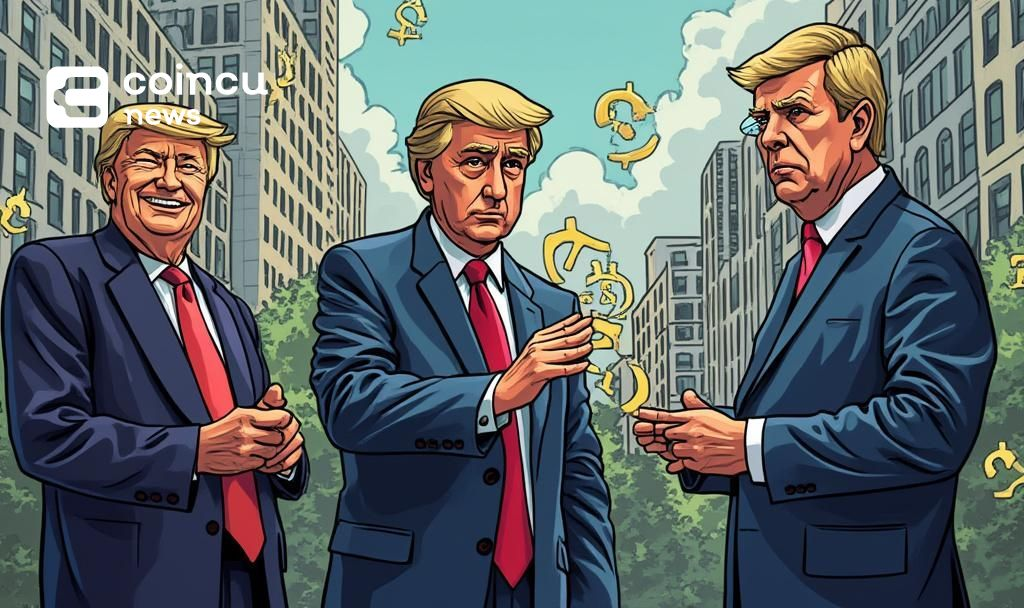$118058.135
At CoinCu News, we give both basic and in-depth articles on the latest news in the cryptocurrency and blockchain sectors.
Mayowa is a seasoned freelance writer specializing in creating compelling, high-converting content across diverse industries.
With extensive experience working with major news outlets, personal blogs, and private clients, he brings a deep understanding of audience engagement and storytelling. His expertise spans SEO optimization, persuasive copywriting, and niche versatility, ensuring content that resonates and delivers results.
Armed with a strong command of the English language and a keen eye for detail, he crafts content that is both impactful and strategically tailored to meet client goals.
News
Trump Signs Groundbreaking Cryptocurrency Regulation at White House
Trump signed the GENIUS Act, a pioneering regulation for U.S. stablecoins, increasing their legitimacy.
Jul
Tether and Circle Respond to U.S. GENIUS Act with Strategic Moves
Tether and Circle adapt to the GENIUS Act, reshaping stablecoin reserves and compliance strategies amid
Jul
Wall Street’s Cantor Equity Partners IV Files IPO for Bitcoin SPAC
Wall Street's Cantor Equity Partners IV files IPO for its fifth SPAC project, aligning with
Jul
Trump Signs GENIUS Act, Elevating U.S. Crypto Leadership
President Trump enacts the GENIUS Act, aimed at securing U.S. dominance in digital assets, catalyzing
Jul
21Shares Files Two Crypto ETFs with SEC for Approval
21Shares partners with Teucrium ETFs to propose Crypto Index ETFs to SEC, targeting diverse crypto
Jul
President Trump Signs GENIUS Act for Stablecoin Regulation
Donald Trump signed the GENIUS Act, a major U.S. crypto regulation, regulating stablecoins.
Jul
Trump Enacts GENIUS Act, Landmark Move for U.S. Crypto Regulation
President Trump signs GENIUS Act, reshaping U.S. crypto landscape with major regulatory changes and stablecoin
Jul
Trump Administration’s Crypto Holdings Spark Policy Shift
Investigates the crypto assets of Trump's administration, policy impacts, and market reactions.
Jul
Trump Signs GENIUS Act Banning Yield-Producing Stablecoins
Trump signs GENIUS Act banning yield-bearing stablecoins, impacting DeFi and cryptocurrency markets.
Jul
[tptn_list how_old="7" limit="5" title_length="0" heading="0" show_date="0" ]
[tptn_list how_old="30" limit="5" title_length="0" heading="0" show_date="0" ]





















